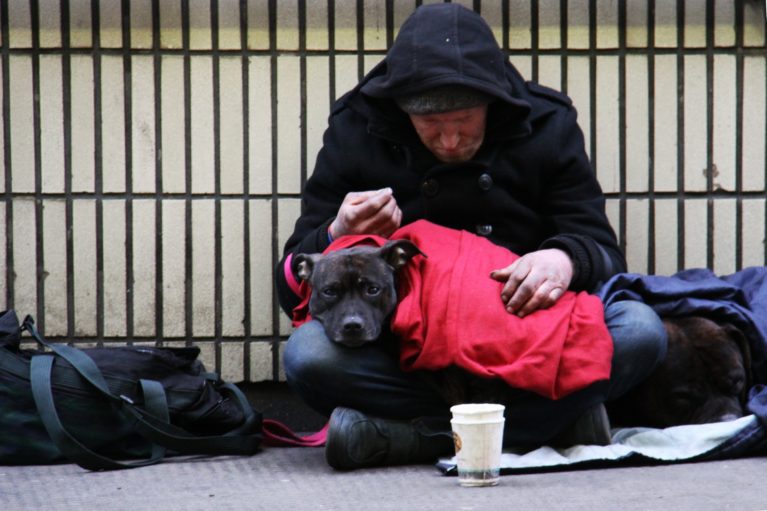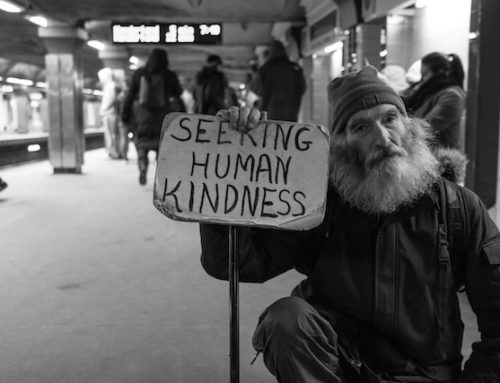For most, the turn of the new year brings optimism, excitement, and enthusiasm for the upcoming months. It’s a time to set goals and follow ambitions; to look forward to the future and let go of past concerns in favor of new hope.
Hope, however, is hard to come by when you’re living on the street. For all too many New Yorkers, the first days of the new year featured the same lingering, heartbreaking questions they had faced in the previous months. Where will I sleep? Will I have a place to call home this week — or even this year?
New York’s struggles with homelessness have reached a crisis point. According to Bowery, nearly one in every 125 New Yorkers currently lives without reliable shelter. Roughly 79,000 people now live in the city’s shelters and streets; an estimated 4,000 of them sleep rough in subway tunnels and other public spaces.
New legislation, however, may offer hope for the future. In mid-December, the New York Times reported that the city government would compel affordable housing developers to set aside a full 15 percent of their new units for homeless residents. This legislation would apply to all rental buildings that encompass more than 40 units and is expected to set aside approximately 1,000 new apartments for the homeless annually. This could — if all goes well — nearly double the housing inventory earmarked for New York’s homeless residents.
However, while the addition to the housing supply is a significant part of the city’s recent efforts, it is by no means the only action taken. The city will also work to improve medical care for its most vulnerable residents by coordinating with the Street Homelessness Joint Command Center to provide on-street medical and behavioral health care and expand its housing outreach efforts.
Healthcare providers will be understandably limited in what they can do to help in non-clinical settings; however, the mayor’s office plans to enable as much aid as they can within those limitations. The city’s future efforts will apply HOME-STAT’s Street Medicine outreach approach to homeless patients across the five boroughs and include services such as rapid response care, medication assistance, risk assessment, wound care, and blood pressure and diabetes screening, among others.
As press representatives for Mayor Bill de Blasio’s office explained in a December release, the program expansion would “ensure that unsheltered New Yorkers with the most serious mental health challenges are closely connected to care, referred to care coordination, and/or engaged by mobile treatment teams, which provide psychosocial and psychiatric assessment, medication management, care coordination, peer support, and housing placement assistance to people where they are.”
These efforts are both desperately needed, given the current prevalence of homelessness, and utterly invaluable for those they help. Homelessness can make it more difficult for people to obtain the basic necessities of life, such as a job, medical care, and social support. Research provided by the UK-based charity Homeless Link further indicates that the longer a person remains without a home, the harder it can be for them to find one. Moreover, they write, “as someone’s problems become more complex, anti-social behavior, involvement with the criminal justice system and acute [health] services become more likely.”
With this latest initiative, homeless New Yorkers have a better chance to find housing, improve their health, and ultimately climb to a more secure economic state. There will undoubtedly be flaws to iron out and challenges to vault as the city furthers its fight against housing insecurity. However, as we move further into the New Year, it seems ever-more possible for homeless New Yorkers to look to the future with hope.








